Modulo Pi, a provider of media server solutions with a user-friendly design, has shared details of a recent project at the Oceanographic Institute of Monaco. Since 29 March 2025, the “Mediterranean 2050” exhibition invites visitors on a journey through space and time into the heart of the Mediterranean Sea, showcasing its vibrant ecosystem while raising awareness of the environmental challenges it faces today and in the future.
A standout feature of the exhibition is a remarkable cachalot sculpture that is animated using interactive projections, facilitated by the Modulo Kinetic media server solution from Modulo Pi, along with the technical skills of ID Scènes.
Powering a complex setup
Spanning over 1,000 m², this new large-scale immersive experience celebrates the richness of marine heritage and highlights urgent environmental concerns. The exhibition is organised into four thematic zones, featuring artistic installations, large-scale projections, interactive systems, and advanced technologies.
Creative studio Dreamed By Us was entrusted with the artistic direction for multiple spaces and collaborated with audiovisual provider ID Scènes to create a monumental sculpture of a sperm whale, representing the majesty of marine life. Standing almost 5 meters tall and created using 3D printing technology, the sculpture serves as a canvas for an interactive projection that responds to visitor movements.
To address the challenges of this technically intricate setup, ID Scènes utilised four Epson video projectors, all driven by Modulo Pi's Modulo Kinetic media server platform.
A single Kinetic Designer workstation and a V-Node server with six outputs oversee the content and real-time interactivity. The video mapping on the sculpture was accomplished by importing the cachalot's 3D model into the Kinetic Designer interface.
“The whale’s highly detailed shape required a hybrid approach, using partial 3D calibration followed by manual warping to achieve a perfect alignment,” says Quentin Grêlé, media server operator and visual designer at ID Scènes.
Interactivity relies on Hokuyo LiDAR sensors that are integrated into the base of the cachalot sculpture. This base consists of seven zones, each one physically equipped with a UST-10LX LiDAR and linked to a specific theme.
With Modulo Kinetic’s support for Hokuyo LiDARs, when a visitor enters a detection zone, the content associated with that theme automatically activates and is displayed on the sculpture. Once a theme begins, it remains locked until its playback concludes. Only wave-like effects may be triggered at the same time to ensure a fluid and cohesive experience.
Precise interactivity and intuitive control
Modulo Kinetic also incorporates additional layers of interactivity into the installation, all responding to visitor movement: initiating animated particles that mimic foam, spatialised sound effects, and showcasing brief texts and key data about the Mediterranean’s history.
To combine these different interactive effects, Grêlé relied on Modulo Kinetic’s node-based compositing tool: “I used the Graph Editor extensively to manage the LiDAR beams. They’re used independently for each of the seven themes, but also merged to recreate a common surface with a single detection area across the base,” he adds.
The entire system was fully automated and tailored to the museum’s team. With Modulo Kinetic’s show control tools, sequences and settings can be effortlessly handled through a dedicated control panel. This allows for controlling the video projectors, switching between thematic media, managing background ambience, and more.
By integrating intricate mapping, precise interactivity, and intuitive control, Modulo Kinetic proved to be a pivotal tool for this innovative installation.
Modulo Pi also recently celebrated the success of Futuroscope, which has been honoured with the Thea Award for Outstanding Achievement – Water Park for its Aquascope attraction. Aquascope combines advanced multimedia, immersive storytelling, and interactive technology within an aquatic environment, and Modulo Pi’s media server solutions support this innovative approach by ensuring a precise and robust immersive setup.
Top image credit: Dreamed By Us
Charlotte Coates is blooloop's editor. She is from Brighton, UK and previously worked as a librarian. She has a strong interest in arts, culture and information and graduated from the University of Sussex with a degree in English Literature. Charlotte can usually be found either with her head in a book or planning her next travel adventure.


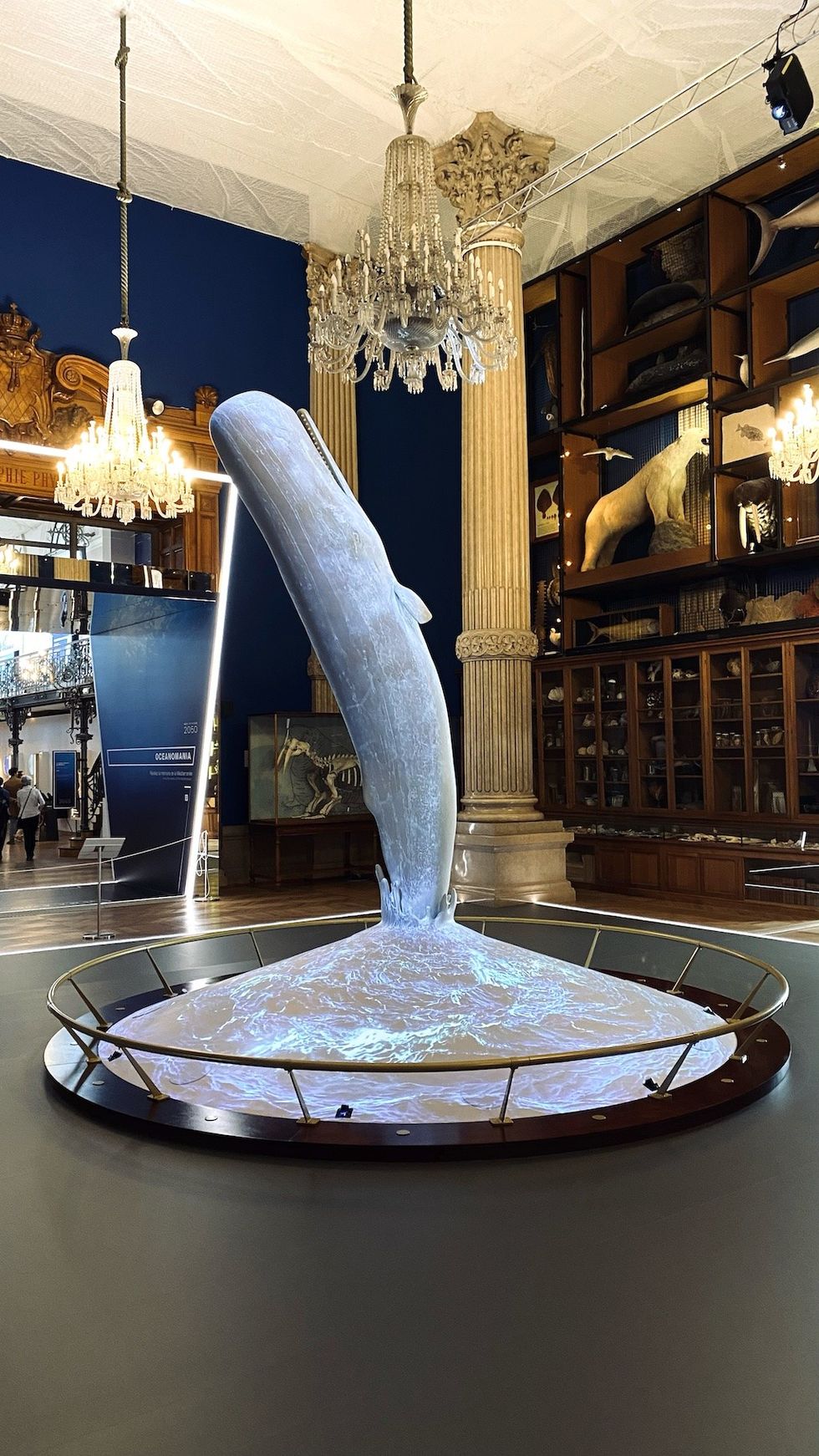
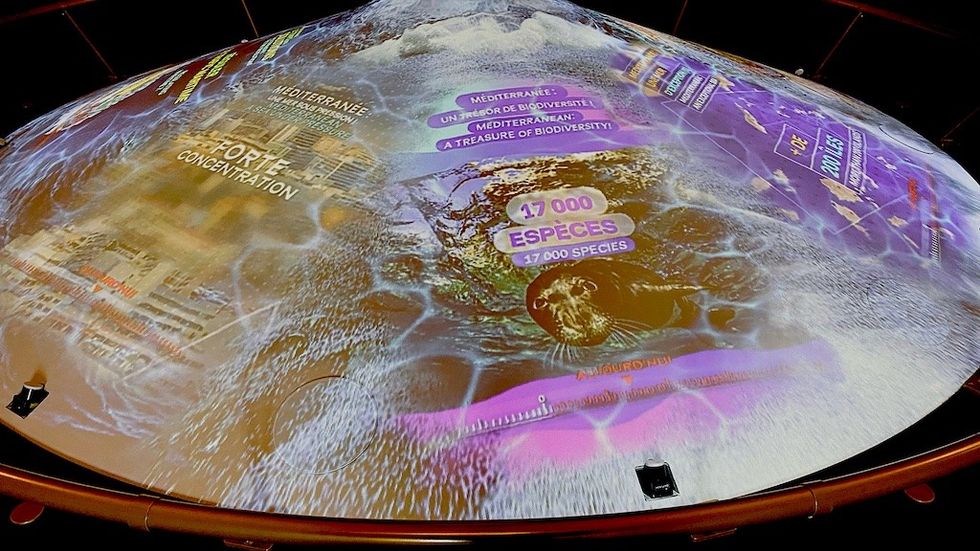
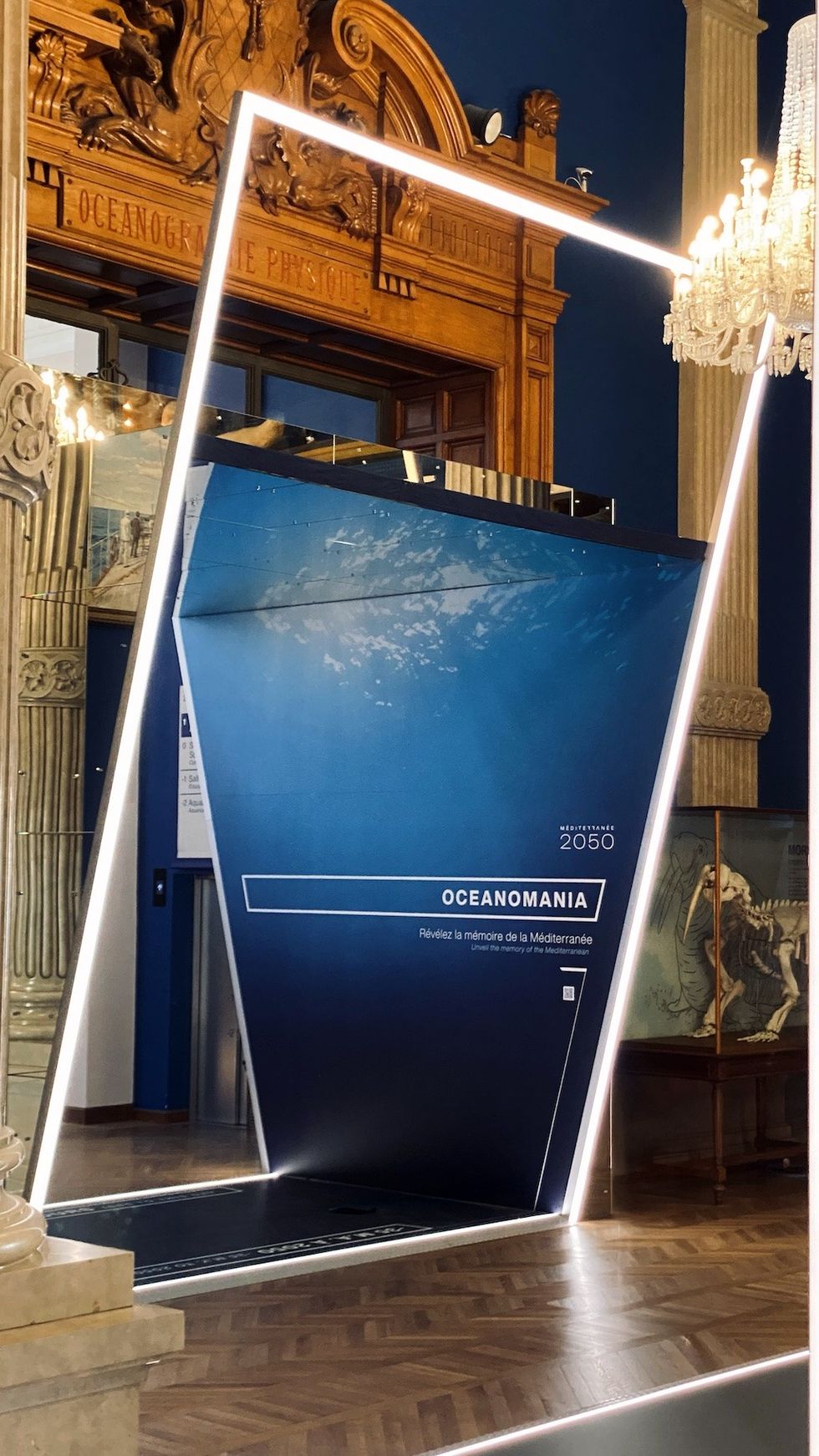




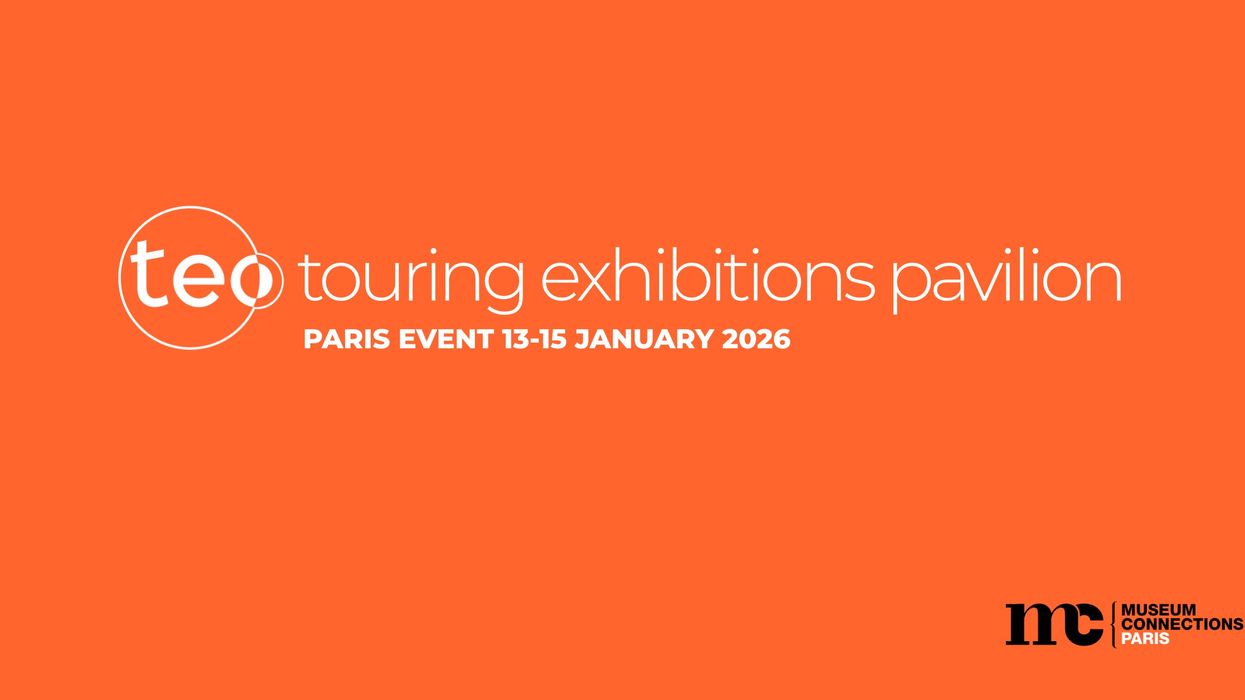
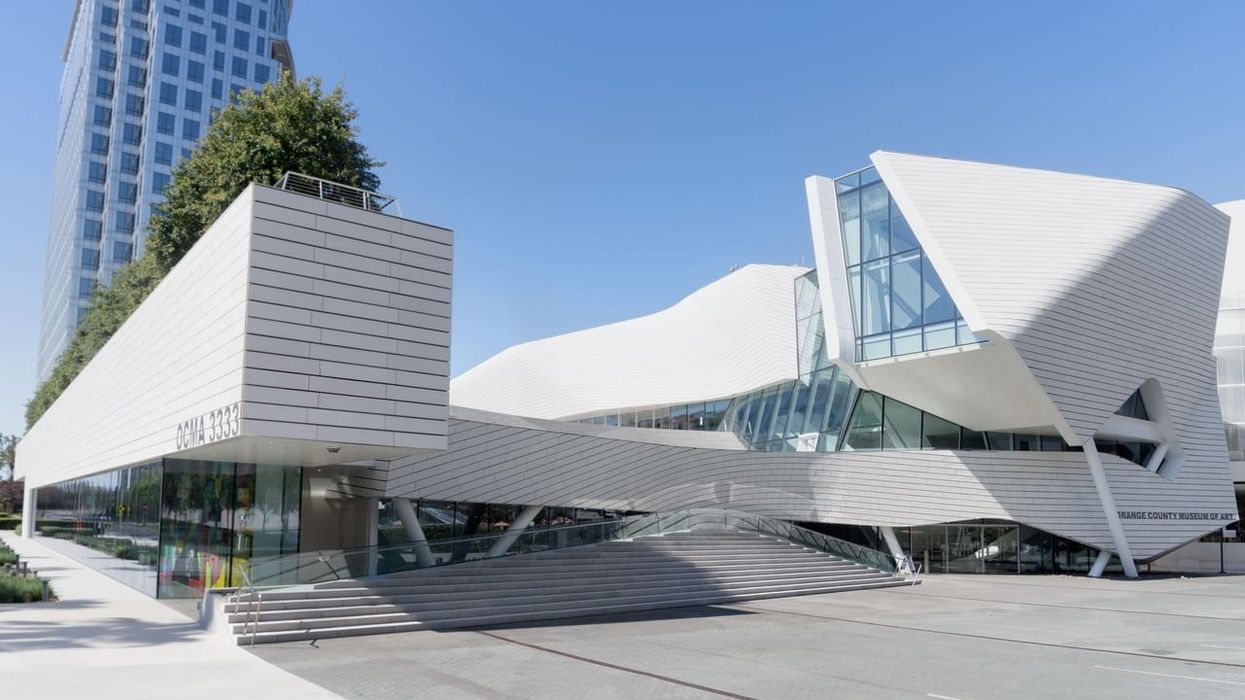
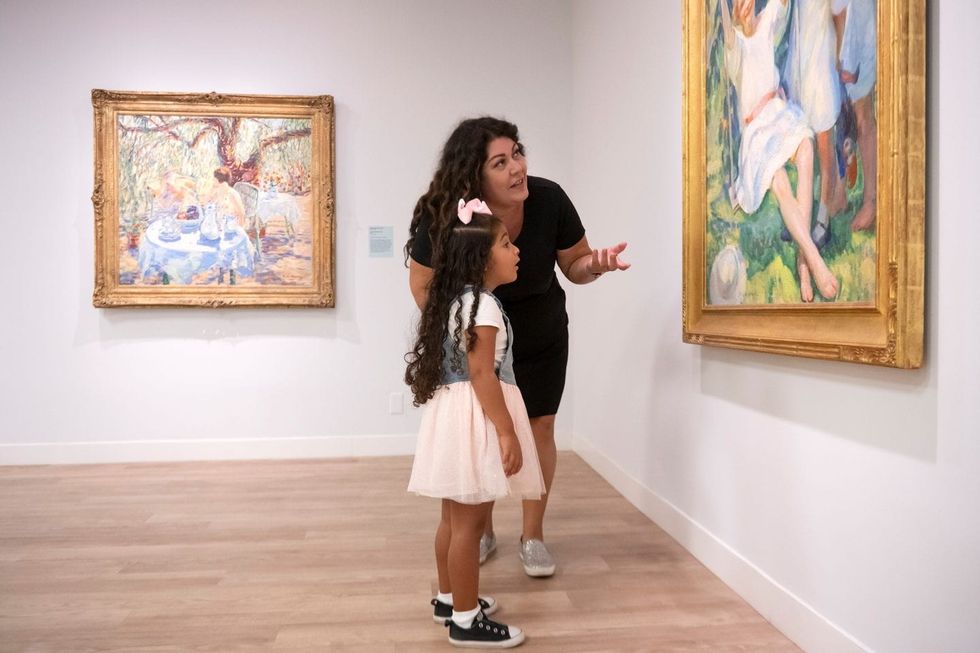
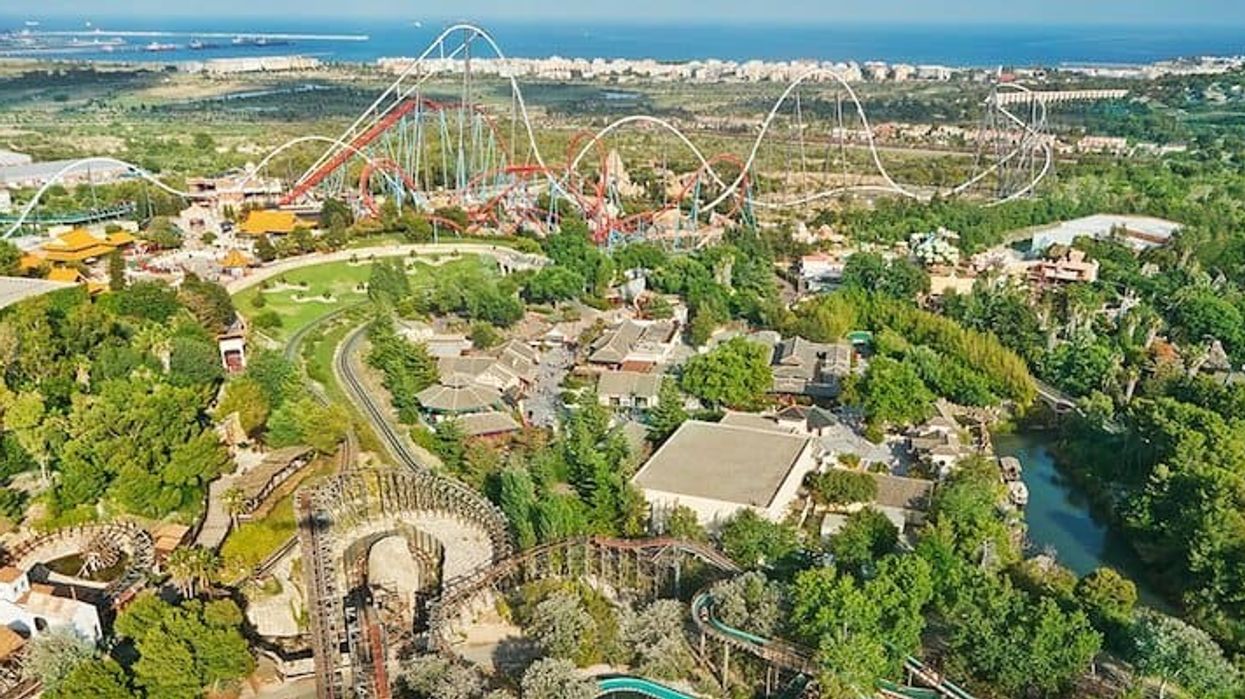
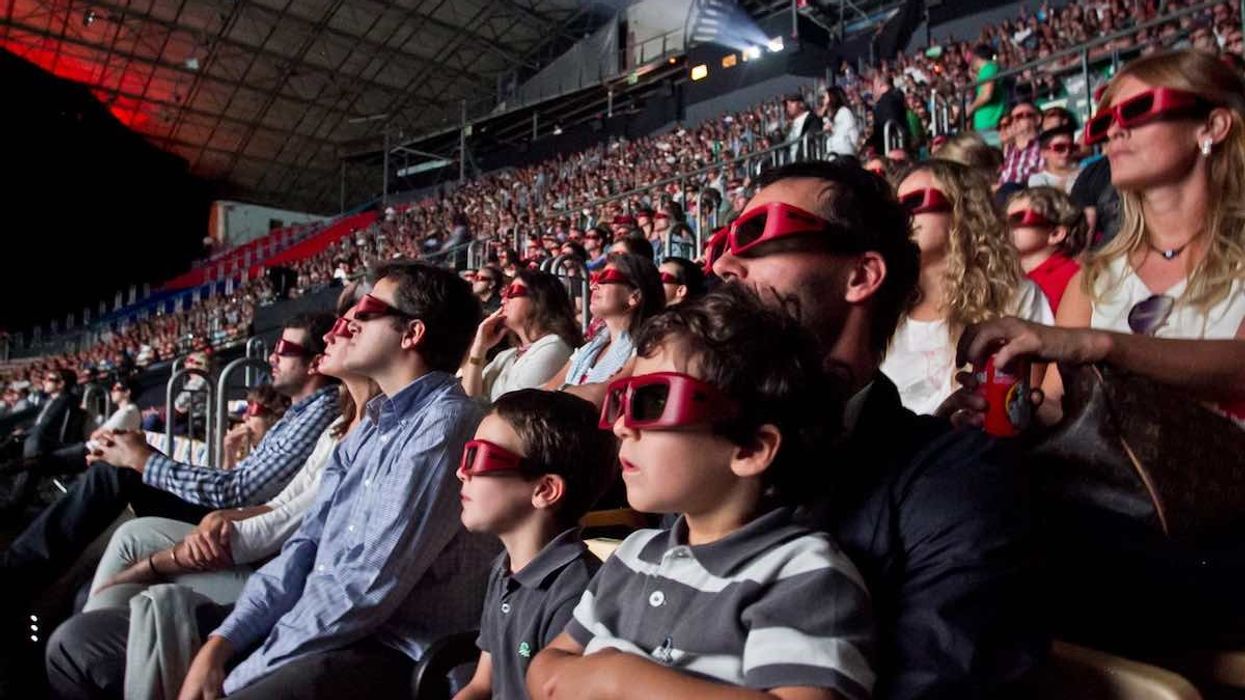
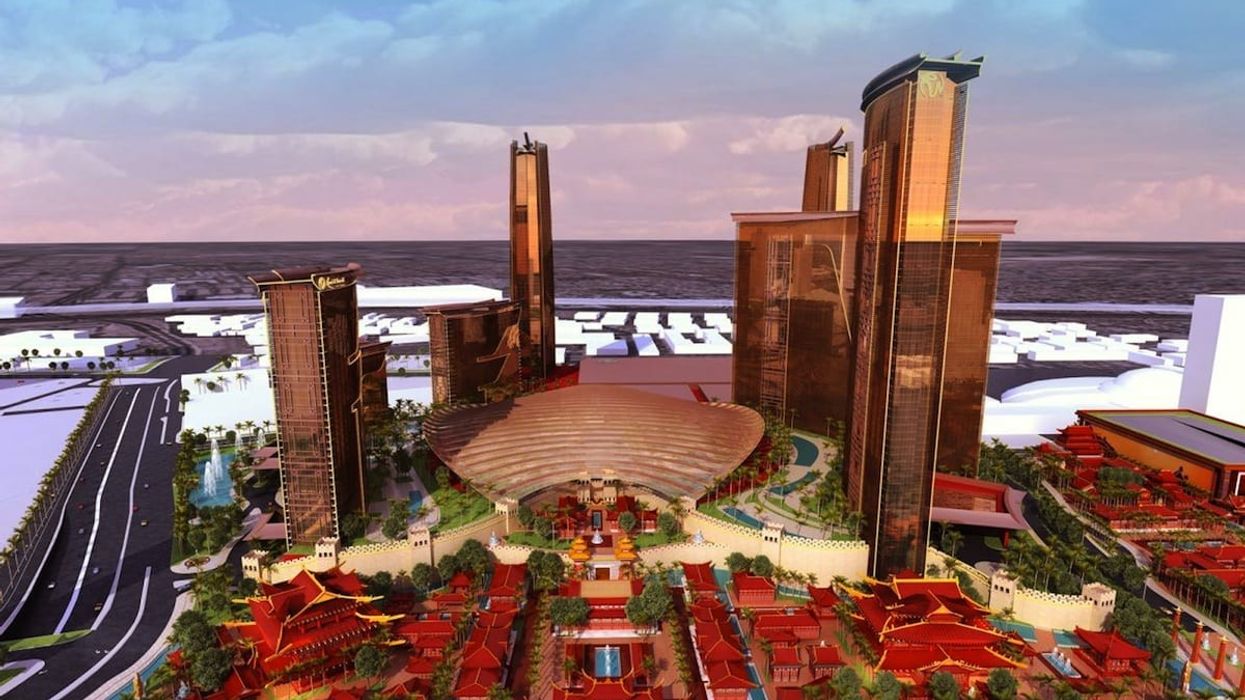

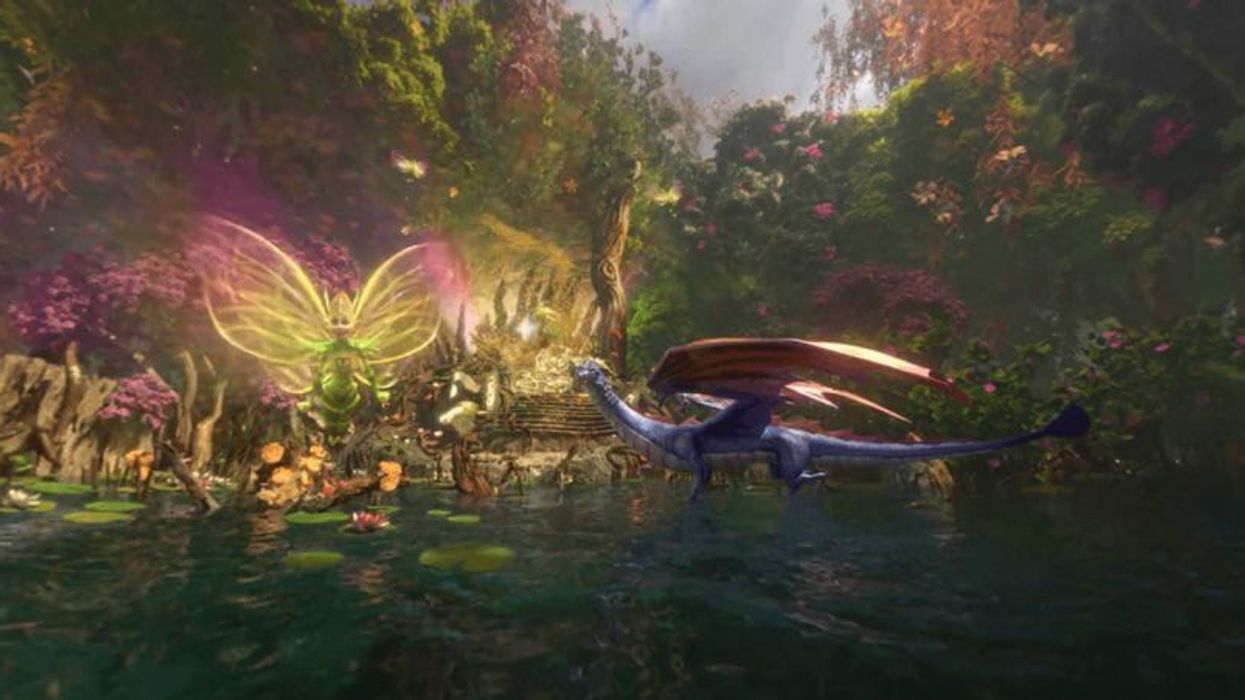



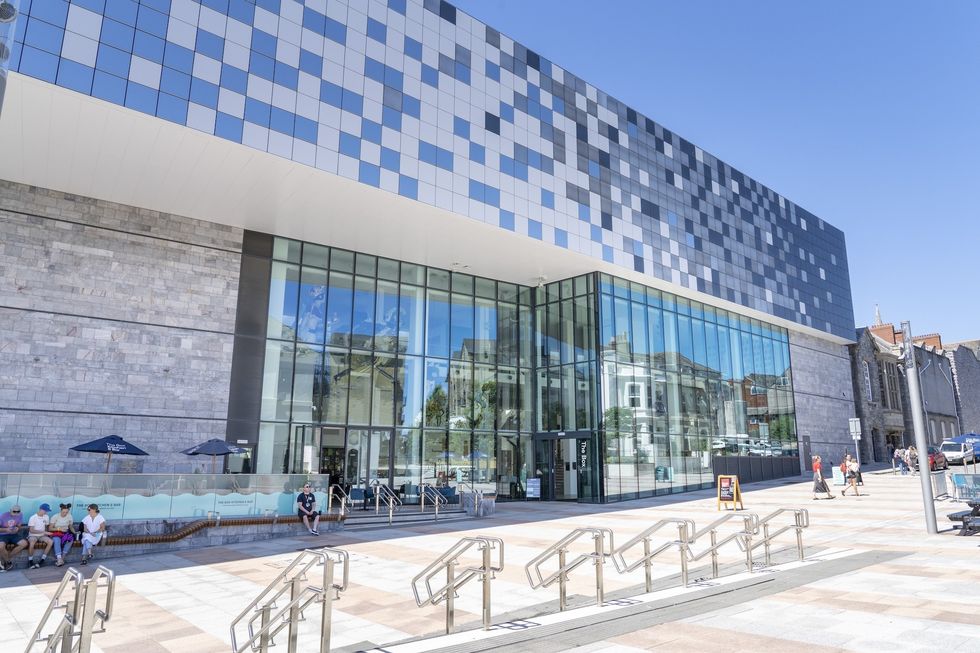

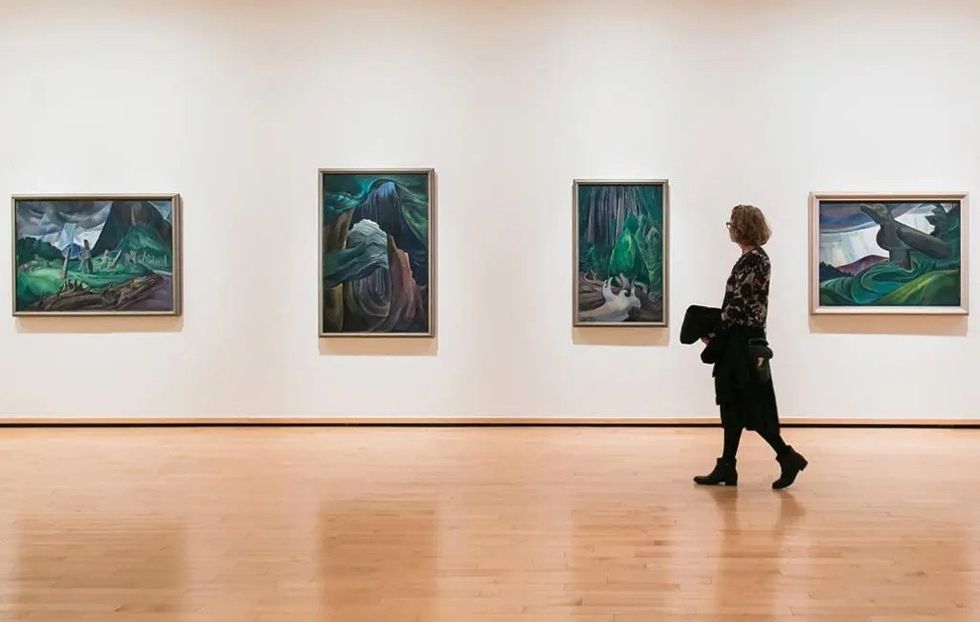

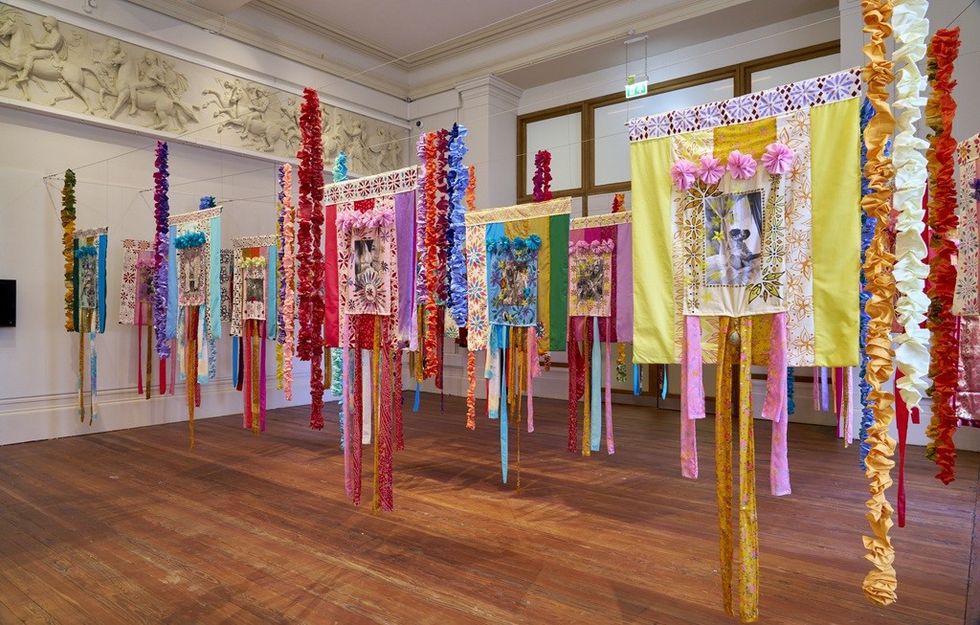 Courtesy Simon Critchley Photography
Courtesy Simon Critchley Photography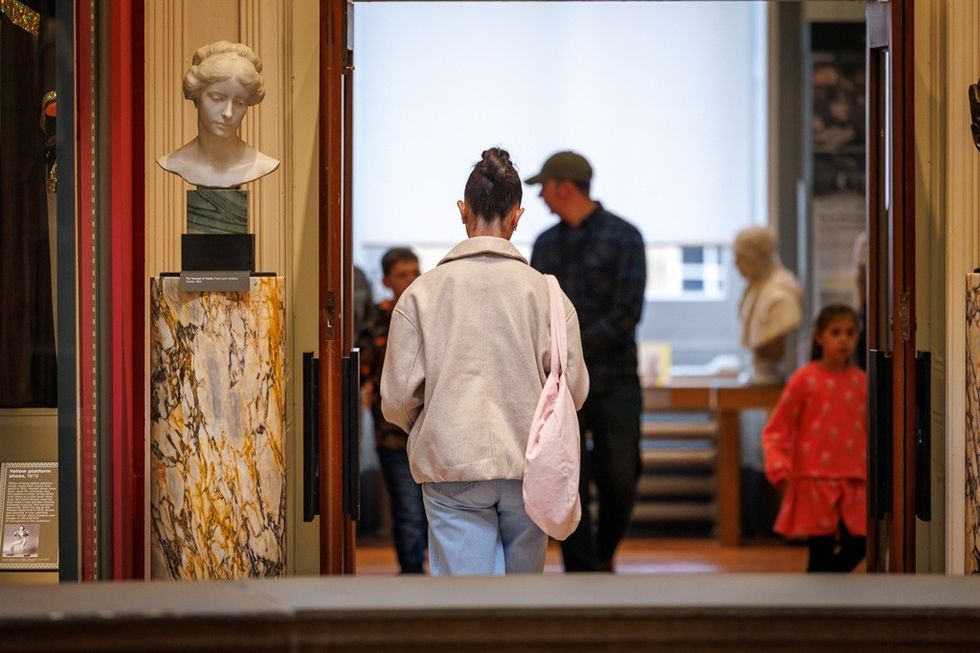 Courtesy Michael Porter Photography
Courtesy Michael Porter Photography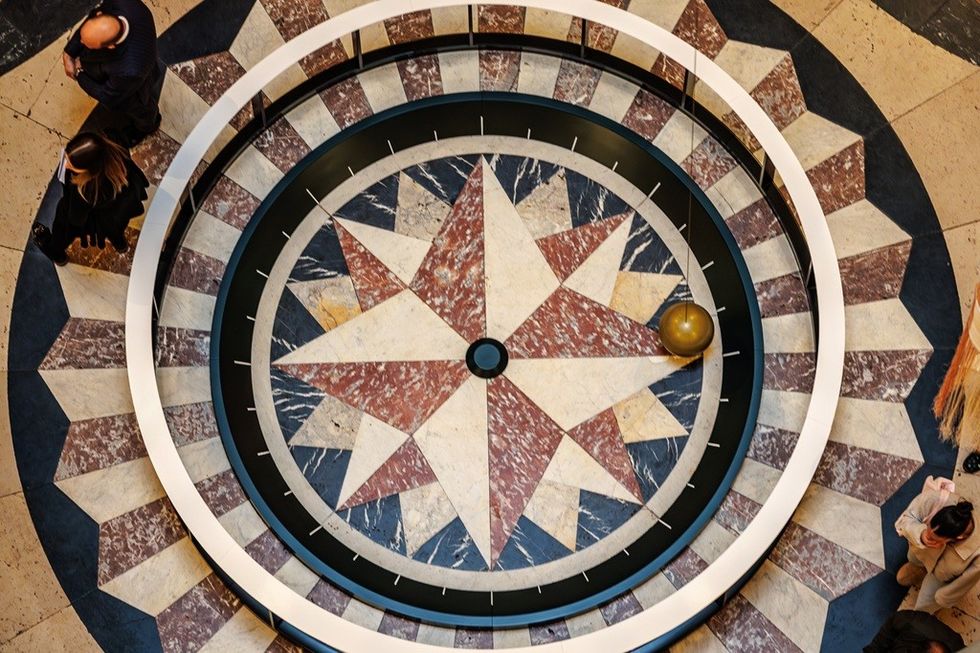 Courtesy Michael Porter Photography
Courtesy Michael Porter Photography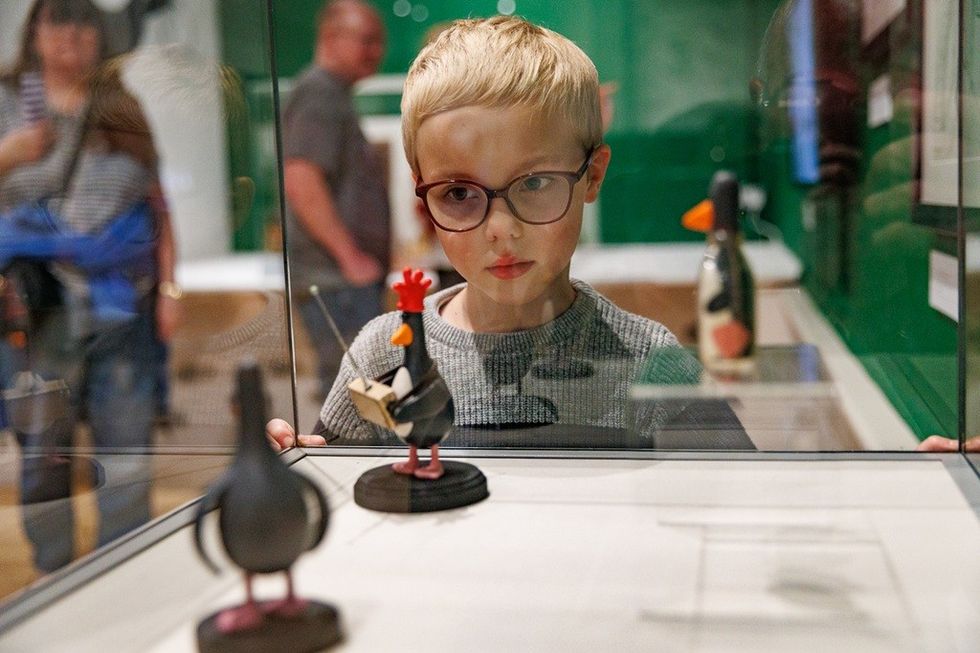 Courtesy Michael Porter Photography
Courtesy Michael Porter Photography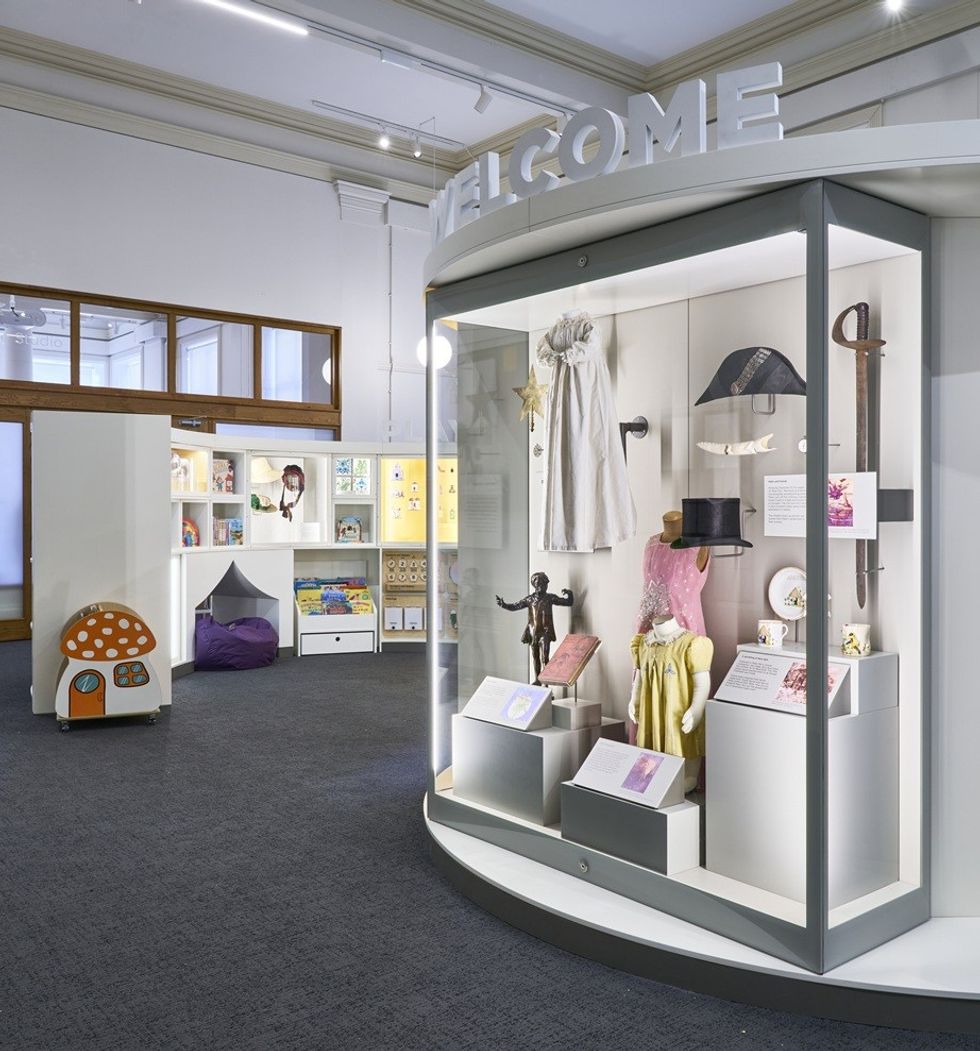 Courtesy Simon Critchley Photography
Courtesy Simon Critchley Photography Courtesy Michael Porter Photography
Courtesy Michael Porter Photography

